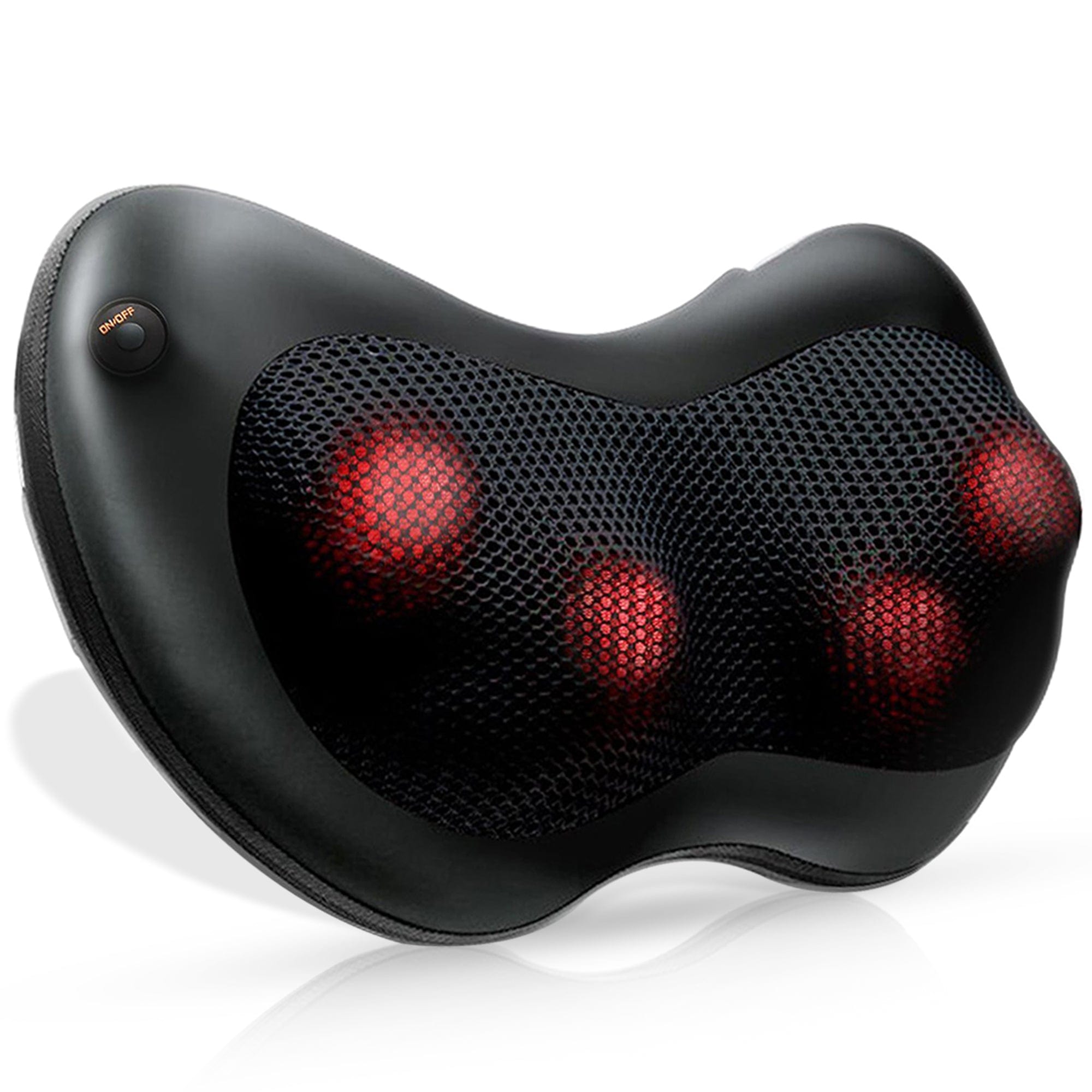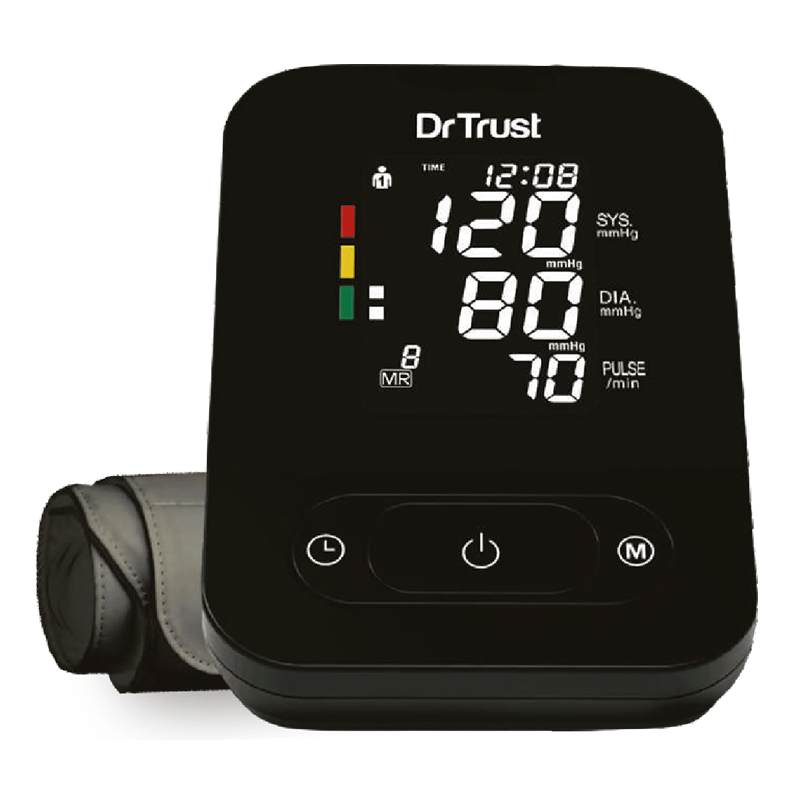High blood pressure (hypertension) can lead to serious health complications if left untreated. So, monitoring your BP is a crucial aspect of maintaining your overall health. Thanks to technological advancements, blood pressure monitors have become accessible tools that allow individuals to track their blood pressure conveniently at home.
What Are The Types Of Devices Used To Measure Blood Pressure?
Manual Blood Pressure Monitors
These traditional monitors consist of an inflatable arm cuff, a pressure bulb, and a stethoscope. To measure your blood pressure, you or a healthcare professional will inflate the cuff using the pressure bulb and then listen to the sounds of your pulse using the stethoscope. The pressure at which the first sound is heard is the systolic pressure, and the pressure at which the sound disappears is the diastolic pressure.
☝ Watch this video to learn more.
Digital Blood Pressure Monitors
These automatic monitors are more commonly used today. They come in two main types: Upper Arm Monitors and Wrist Monitors.
A. Upper Arm Monitors
These are the most accurate and widely recommended. They consist of an arm cuff that you wrap around your upper arm. With the press of a button, the monitor inflates the cuff and provides digital readings of your blood pressure on a screen. They offer reliable results but may be slightly bulkier than wrist monitors.
☝ Watch this video to learn more.
B. Wrist Monitors
These monitors are more compact and portable than upper-arm monitors. They have a cuff that you wrap around your wrist. While convenient, wrist monitors can be less accurate due to their sensitivity to positioning and movement.
☝ Watch this video to learn more.
Wireless and Smart Blood Pressure Monitors
These monitors connect to your smartphone or other devices via Bluetooth or Wi-Fi. They often come with companion apps that allow you to track and store your blood pressure readings over time. Some smart monitors even sync with health tracking platforms, providing a comprehensive view of your health data.
☝ Watch this video to learn more.
How To Use a Blood Pressure Monitor?
Using a blood pressure monitor correctly is essential to obtaining accurate readings. Here's a step-by-step guide:
Step 1. Choosing the Right Monitor
Getting the right BP Monitor is the first step to examine your accurate Blood Pressure. After researching a bit about the clinically accurate and best BP Monitors, select a monitor that suits your needs and is recommended by healthcare professionals.
Click to get yourself a comfortable and technically accurate BP Monitor.
Step 2 Sit in the right Posture
Make sure to sit with your back straight and flat feet on the floor. Rest your Arms on the table. It will help the Cuff can be positioned at the same height as your heart. If using a wrist monitor, keep your wrist at heart level.
Step 3 Position Your Cuff
If using an upper arm monitor, sit in a chair with your feet flat on the ground and your arm resting on a table at heart level. Position the cuff almost an inch above your elbow. Be careful, the Cuff should not be too tight. Check it by putting a finger in between your Arm and the Cuff.
Step 4 Start and Record the Results
Press the start button. The cuff will inflate, and the monitor will display your blood pressure readings. Take note of both the systolic (higher) and diastolic (lower) numbers displayed on the screen. These readings represent your blood pressure.
NOTE:
• Blood pressure values, usually in mmHg (millimeters of mercury).
• Note down the readings with the date and time.
• Always check the usage instructions and features to get accurate details.
Step 5 Repeat for Accuracy
For more accurate results, measure your blood pressure two to three times, waiting a few minutes between readings. Record all readings and share them with your healthcare provider.
Step 6 Track Your Readings
If using a smart monitor, sync the readings with the companion app or your preferred health-tracking platform.
Step 7 Consult a Healthcare Professional
Regularly share your blood pressure readings with your healthcare provider. They can help you interpret the readings and make necessary adjustments to your lifestyle or treatment plan.
CHECKLIST ✔
✔ Avoid caffeine, smoking, and strenuous activity for at least 30 minutes before measuring your blood pressure. Sit quietly for about 5 minutes before beginning.
✔ Do not eat or take any medicine at least 30 minutes prior.
✔ Relax for 5 -10 minutes since any stress or checking BP immediately after any heavy physical activity may lead to inaccurate readings.
Whether you opt for a traditional manual monitor or a modern smart monitor, accuracy and proper usage are paramount. By following the steps outlined in this guide and collaborating with your healthcare provider, you can effectively monitor your blood pressure and take proactive steps to maintain your overall well-being.
Do you want to dive into the World of Digital Blood Pressure Monitors? Click here below for a diverse range of options!















